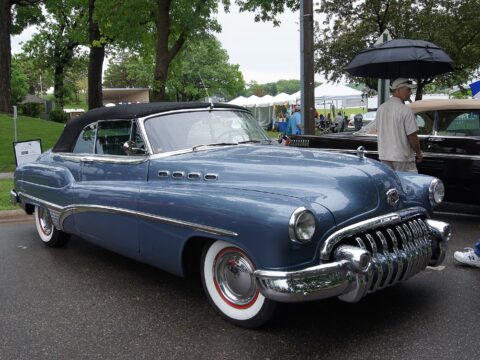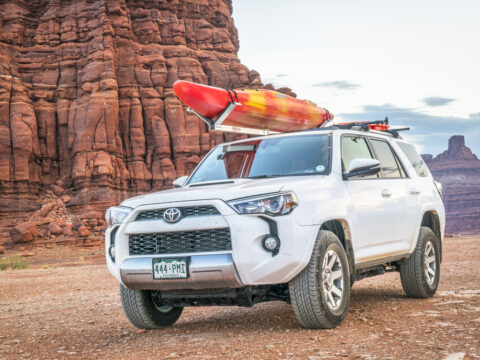Navigating through daunting terrain, confronting severe weather conditions, and managing precise landings on notoriously short runways—are just a few of the daily challenges pilots face on some of the world’s most demanding flight paths. This article delves into the routes that require exceptional piloting skills, exploring the complexity of flying from high-altitude airports surrounded by mountains to tiny airstrips buffeted by ocean winds.
Contents
Tenzing-Hillary Airport (Lukla, Nepal) to Tribhuvan International Airport (Kathmandu, Nepal)
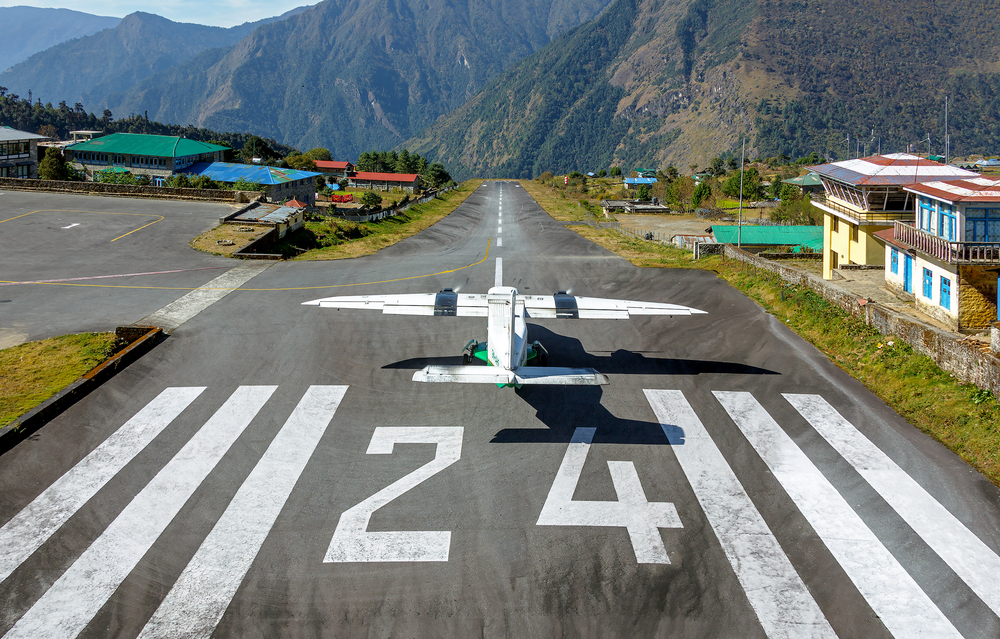
This flight path is notoriously challenging due to Lukla’s extremely short, uphill runway positioned at the edge of a cliff. Pilots must navigate tight turns surrounded by high mountain peaks in often unpredictable weather, making each landing and takeoff a precise operation.
Juancho E. Yrausquin Airport (Saba Island) to Princess Juliana International Airport (St. Maarten)

The world’s shortest commercial runway at only 1,312 feet requires pilots to manage a very precise landing and immediate stop, all while combating often gusty conditions.
Paro Airport (Bhutan) to Indira Gandhi International Airport (Delhi, India)
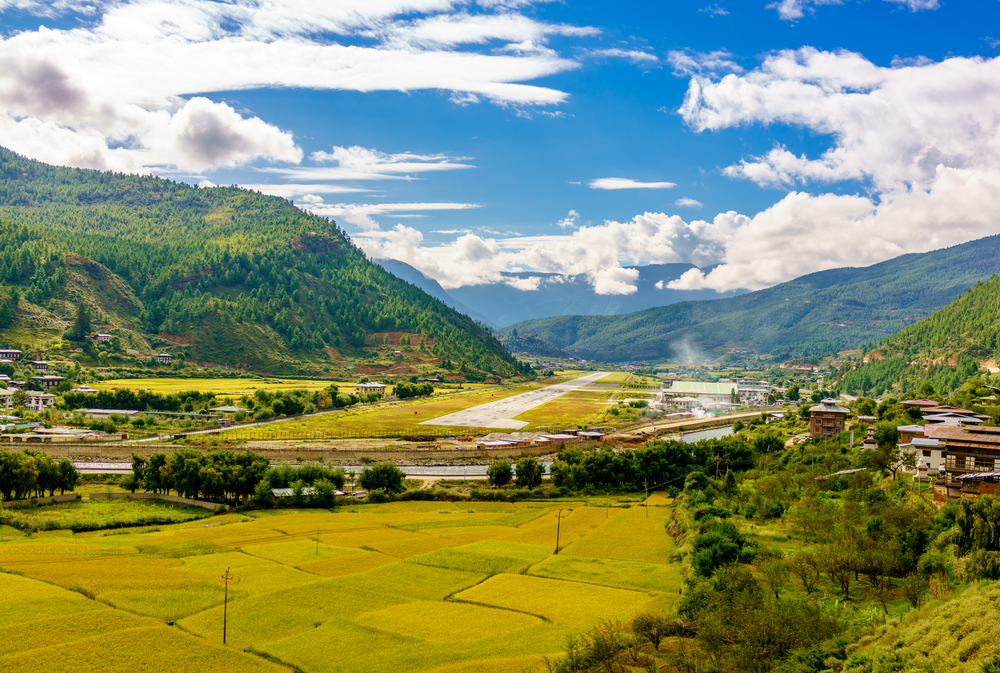
Flying into Paro involves navigating through narrow valleys surrounded by sharp peaks as high as 18,000 feet, requiring visual flying and a high level of precision, only certified pilots are allowed to land here.
Courchevel Airport (France) to Geneva International Airport (Switzerland)
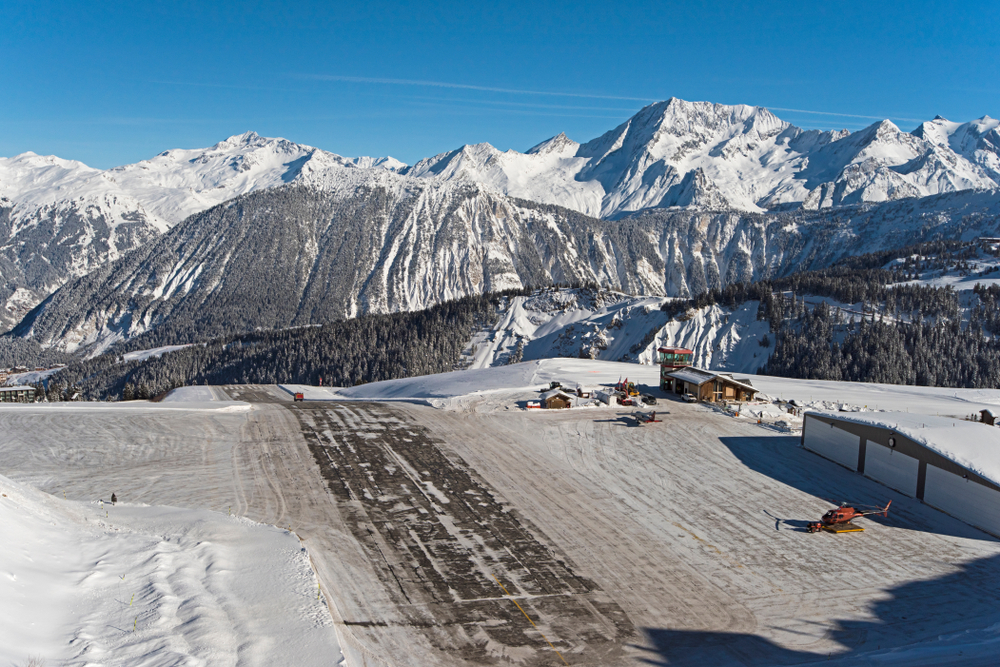
Courchevel’s runway is not only short but also sloped, requiring pilots to land uphill and take off downhill, which demands meticulous power and speed control in a high-altitude environment.
Madeira Airport (Portugal) to Lisbon Airport (Portugal)

Strong and unpredictable winds along with a short runway extension surrounded by high mountains and the ocean make landing at Madeira a challenging task that only specially trained pilots can perform.
Congonhas Airport (São Paulo, Brazil) to Santos Dumont Airport (Rio de Janeiro, Brazil)
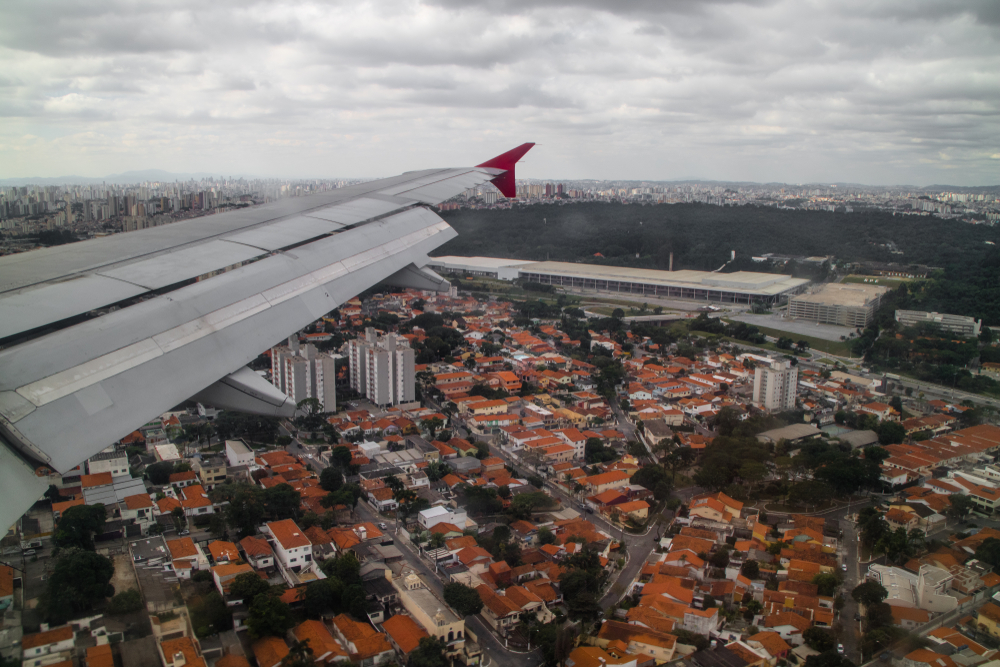
Short runways and proximity to densely populated urban areas require a precise landing approach and immediate deceleration, with no room for error.
Toncontín International Airport (Tegucigalpa, Honduras) to Miami International Airport (USA)

Known for its short runway and surrounded by mountainous terrain, pilots must perform a quick drop in altitude, navigating in a tight valley.
Queenstown Airport (New Zealand) to Wellington International Airport (New Zealand)
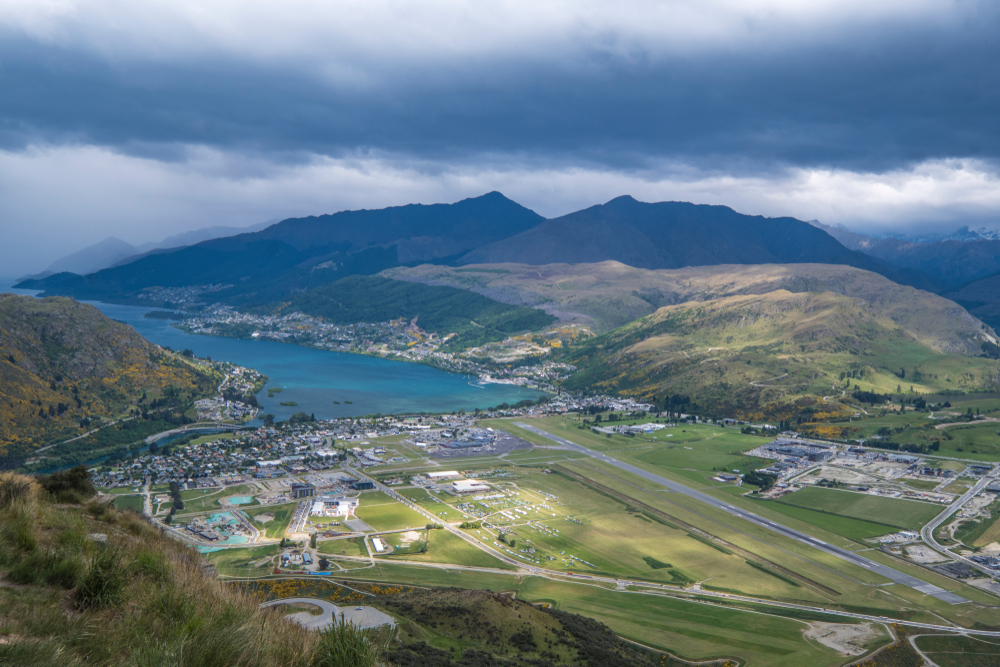
This path requires navigating complex mountainous terrain and rapidly changing weather, demanding strong situational awareness and adaptability from pilots.
Reagan National Airport (Washington D.C.) to LaGuardia Airport (New York City)
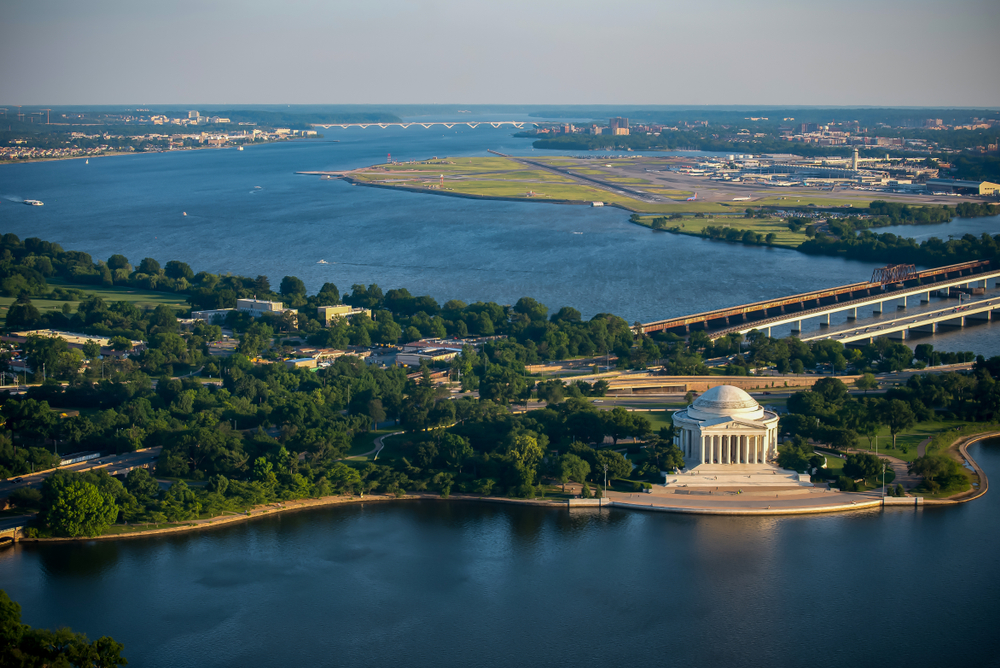
The “River Visual” approach to Reagan National requires flying closely along the Potomac River, with stringent noise abatement procedures and tight airspace restrictions.
Gibraltar International Airport (Gibraltar) to London Heathrow (UK)
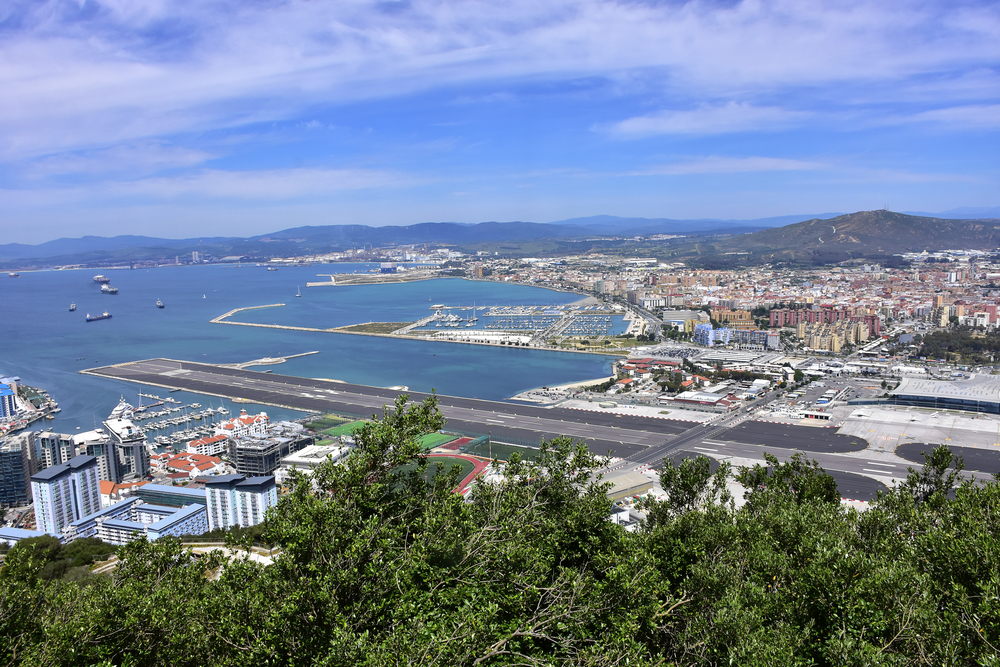
The unique positioning of the runway, intersected by a major road and affected by turbulence from the nearby Rock of Gibraltar, adds layers of complexity to every landing and takeoff.
Narsarsuaq Airport (Greenland) to Keflavik International Airport (Iceland)
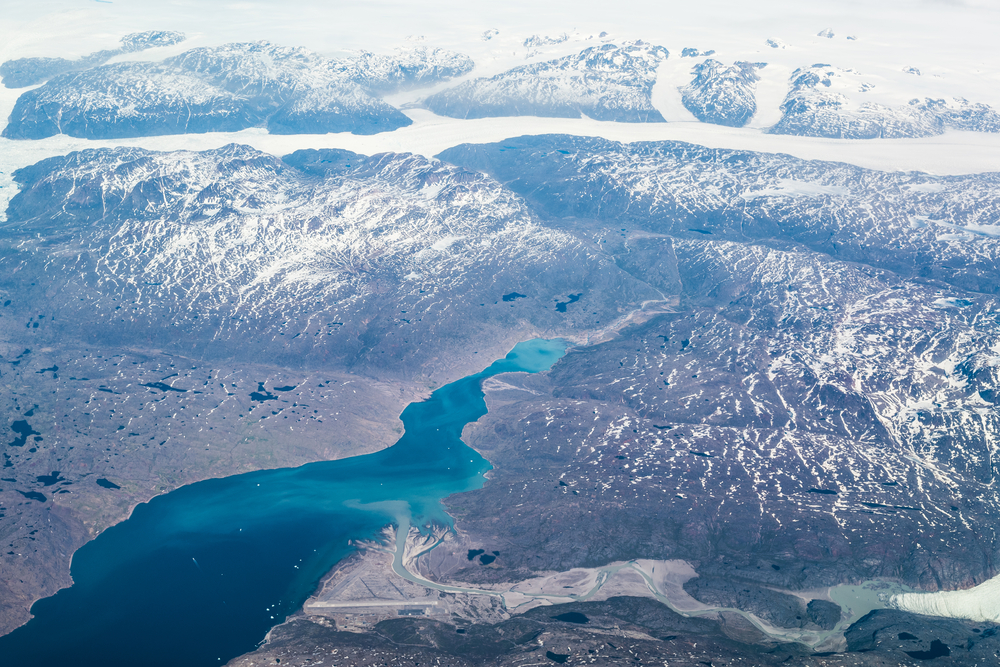
Pilots must contend with severe meteorological unpredictability, including sudden fog, high winds, and icing conditions while navigating through narrow fjords.
Ushuaia Malvinas Argentinas International Airport (Argentina) to Jorge Newbery Airfield (Argentina)

Flying at the southern tip of South America, pilots face volatile weather and winds, along with the challenges of flying in polar proximity.
Aspen/Pitkin County Airport (Colorado, USA) to Denver International Airport (Colorado, USA)
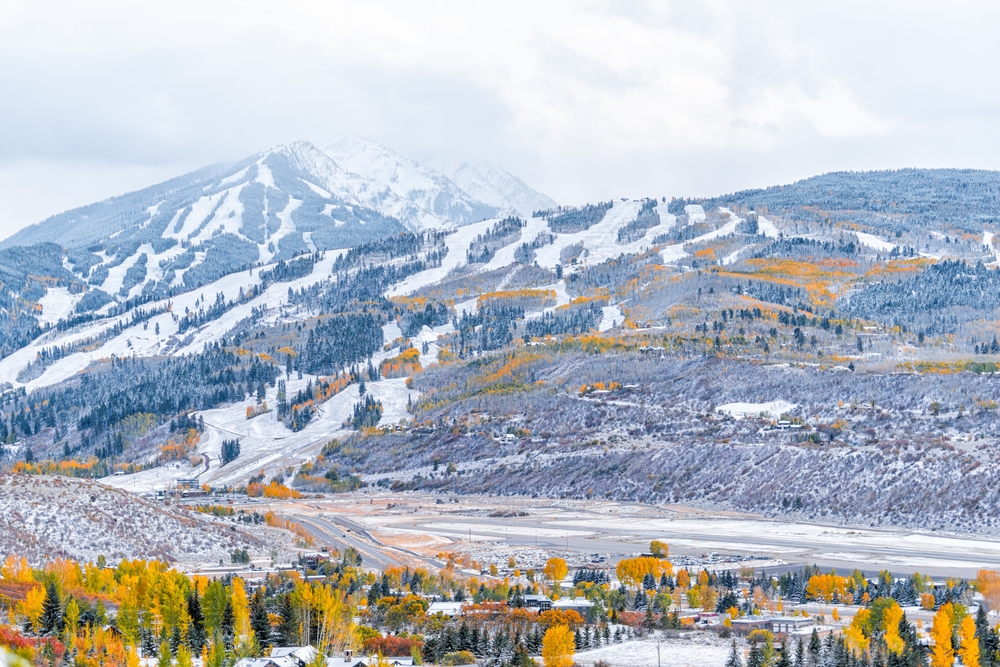
Located in a mountainous area, the Aspen airport requires dealing with altitude, rapidly changing weather, and a one-way-in, one-way-out approach path.
Johannesburg (South Africa) to Perth (Australia)

This long, transoceanic flight requires careful fuel management, and pilots must monitor and respond to varying oceanic weather patterns, including strong headwinds.
Santiago (Chile) to Auckland (New Zealand)
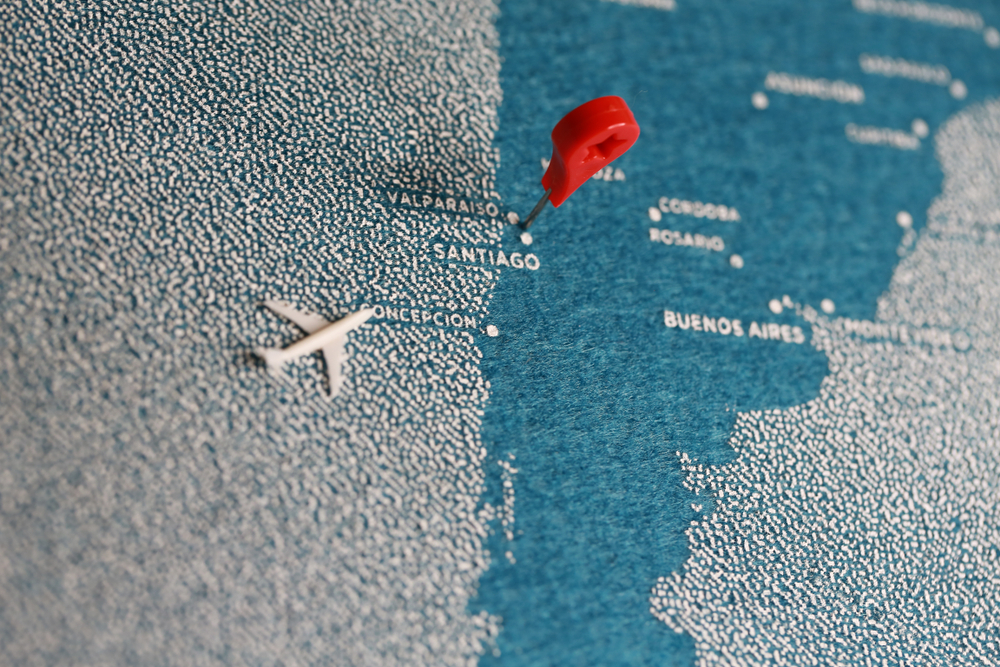
This route over the vast Pacific involves complex ETOPS planning, significant time zone changes, and the potential for turbulent weather patterns, especially near the Antarctic.
This article originally appeared on MyCarMakesNoise.
More from MyCarMakesNoise
10 Benefits of Driving Hybrids Over Conventional Cars

As the tides turn against conventional gasoline engines, the allure of hybrids goes beyond just being eco-friendly. Read More.
10 Must-Have Motorcycle Accessories for Comfort and Protection

This article delves into those often overlooked essentials that not only elevate the riding experience but also ensure safety and convenience at every twist and turn. Read More.
The 14 Most Fuel-Saving Motorcycles
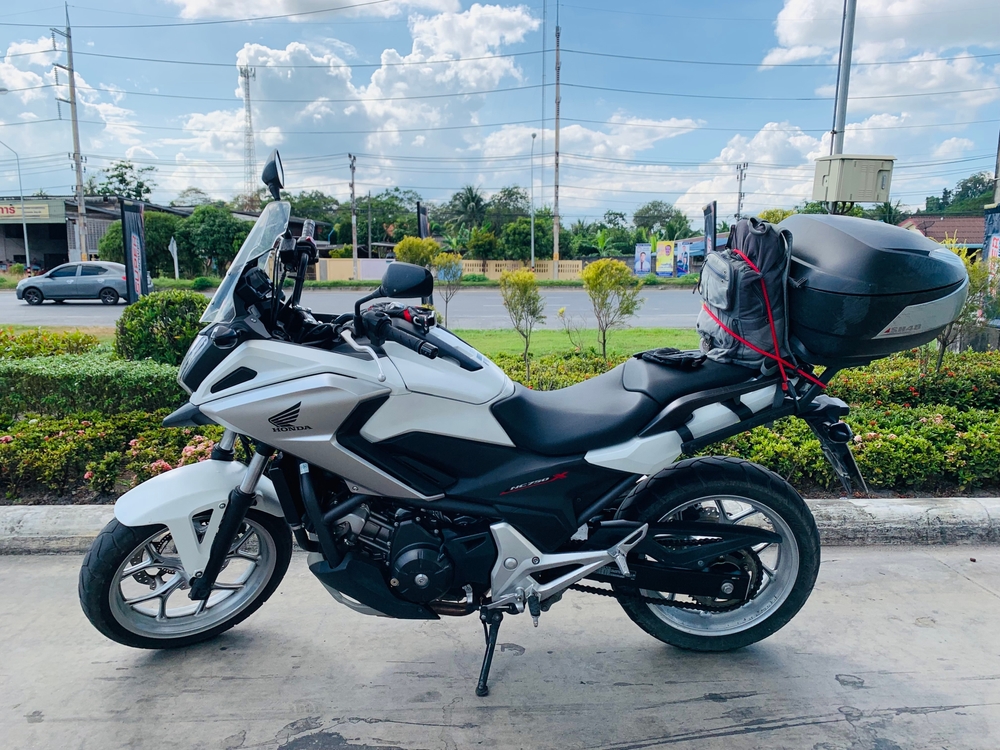
As urban landscapes continue to expand and roads become increasingly congested, the need for practical and sustainable transportation solutions is more pressing than ever. Enter the realm of fuel-efficient motorcycles, a blend of innovation, performance, and economy that answers the daily commute dilemma. Read More.

